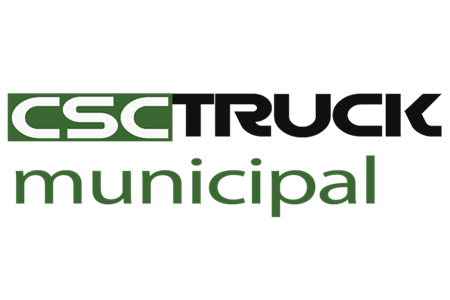Compactor garbage trucks are popularly used for collecting and transferring household waste due to their compressibility and higher transfer efficiency, resulting in a high occupancy rate in garbage trucks. As garbage classification is increasingly implemented, compactor garbage trucks play a crucial role in collecting, compressing, and transferring the waste from the bin after classification. The term “compactor garbage truck” mainly refers to the rear loader garbage truck, but the side loader garbage truck is also a significant variant of compactor garbage trucks.

Both the side loader garbage trucks and rear loader garbage trucks compress and collect garbage in their compartments for transport. The primary difference between these garbage trucks is the loading method: one is loaded from the side, while the other is loaded from the rear.

The side loader garbage truck has a simpler structure, lower failure rate, lower cost, easier maintenance, and lower operating costs compared to the rear loader garbage truck. Despite the simple structure, it has a compression capacity similar to that of the rear loader garbage truck and can even catch up with it after structural optimization, making it a popular choice among users.

However, one disadvantage of the side loader compactor garbage truck is that it can only hang buckets, which limits its use to some extent. Moreover, the height requirements for lifting and dumping garbage cans using the hanging bucket hoist can make it difficult to use in certain indoor environments, especially for garbage transshipment in the basement.

The side loader compactor garbage truck is an improvement over the hanging bucket garbage truck. It features a box structure with improved sealing and locking of the rear door, a built-in compression push blade, and a sewage tank. These improvements make it possible to compress domestic garbage loaded by the hanging bucket elevator, with the compression push shovel available in full and half-stroke options. The unloading method can be either self-unloading or pushing the shovel to discharge, and the sewage tank collects any sewage from the compressed domestic garbage to prevent dripping.

The garbage truck can be optionally equipped with electronic control operation, making it simpler to operate and reducing labor intensity. The built-in compression push shovel is also optional, making it a rich and economical configuration.

During the loading process of a rear loader compactor garbage truck, the lifting mechanism picks up garbage and places it into the rear hopper. The scraper and sliding plate work together to push the garbage in the hopper into the compression box, where the compression push plate compresses it in both directions, resulting in high compression efficiency. The entire operation is programmable and electronically controlled by a PLC, making it easy to cycle with just one key. However, the structure is more complex and expensive compared to a side loader garbage truck.

Various garbage lifting mechanisms are available, including hanging bucket types such as national standard 120, 240L plastic buckets, round iron buckets, and 660L standard buckets, as well as triangle bucket types, triangle buckets with hanging bucket types, large landing bucket types, and swing arm types. This allows for use with different collection methods like trash cans, dustbins, and manpower tricycles, making the scope of application wider.

The hoist installation position for the hanging bucket of a rear loader compactor garbage truck is relatively low, and the maximum height of the bucket after it’s turned over doesn’t exceed the vehicle’s height. This space is utilized.

When using the triangular bucket, garbage from trash cans, rickshaws, and small collection vehicles can be dumped into it for loading.

The large floor bucket serves as the sealing cover of the rear hopper of the rear loader compactor garbage truck during the transfer process after it’s turned over.

The swing arm mechanism is used with swing arm-type dustbins, and a hanging bucket mechanism can also be installed simultaneously.
Contact us for this municipal truck or similar trucks: [email protected] Call us or What's APP us: +86 189 4292 3930







